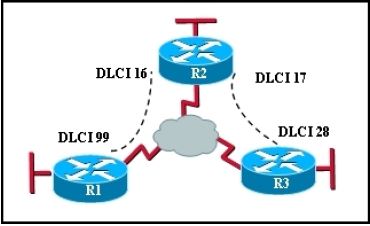Which two statements about using the CHAP authentication mechanism in a PPP link are true? (Choose two.)
A. CHAP uses a two-way handshake.
B. CHAP uses a three-way handshake.
C. CHAP authentication periodically occurs after link establishment.
D. CHAP authentication passwords are sent in plaintext.
E. CHAP authentication is performed only upon link establishment.
F. CHAP has no protection from playback attacks.
